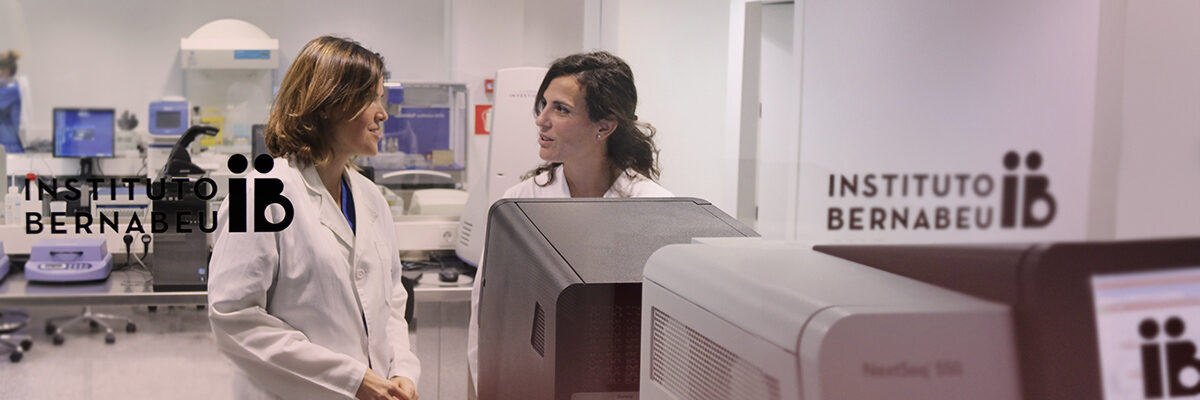Microbiome analysis in patients with embryo implantation failure
Thanks to the metagenomic analysis of the vaginal microbiome using massive sequencing techniques, we can understand the vaginal flora microorganisms’s ecosystem

What is the microbiome? And the microbiota?
The microbiome is the community of microorganisms that live in our bodies. Around 90% of the cells in our bodies are microorganisms and not actually ‘cells of our own’.
Until very recently, we believed that the bacteria, viruses and other microorganisms that live inside our bodies could harm us. We are now aware that the microbiome acts on basic mechanisms that regulate our health and that are essential to ensuring that our bodies are appropriately balanced.
Microbiota describes the real bacteria, but the microbiome, in addition to bacteria, also defines their genes.
Why is understanding the uterine/vaginal microbiome important if a couple has had issues reproducing or has experienced recurrent pregnancy loss?
The microbiome in the female genital tract is important to a woman’s reproductive health. Any imbalances in the microbiome can turn into gynaecological pathologies such as bacterial vaginosis.
Recent research has demonstrated that the genital microbiome is linked to both getting pregnant and having a successful pregnancy.
Abnormalities in the microbiome in female genitalia could explain a certain percentage of the cases of patients who suffer from recurrent implantation failure and/or recurrent pregnancy loss and for whom the conventional analyses we currently use return entirely normal results. Therefore, normalisation of microbiome patterns in the genital tract could improve the diagnosis in these patients.
With regards to whether we should analyse the vaginal or the endometrial microbiome, at Instituto Bernabeu we have carried out a study which concludes that they provide similar clinical results. Taking a vaginal sample is simpler and less painful for patients and, in comparison with endometrial samples, which are invasive and painful, it is the preferred choice.

How is a vaginal microbiome test performed?
It is performed by taking a sample of vaginal discharge using a dry swab. A sample can be taken during a gynaecological check-up using a vaginal speculum, just like in a standard check-up.
It is then frozen and an analysis is performed using next-generation sequencing. Depending on the type of vaginal microbiome pattern, we are able to determine if there is an abnormality and how to treat it.